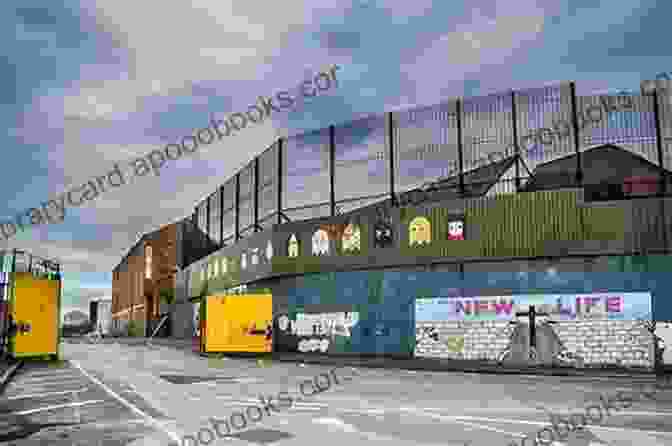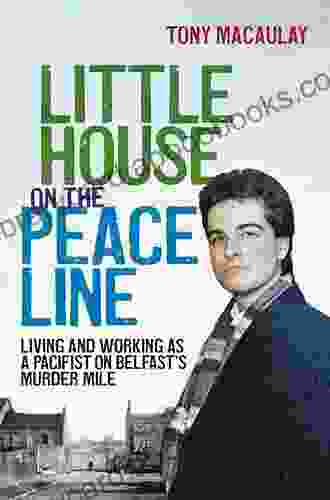
4.7 out of 5
| Language | : | English |
| File size | : | 718 KB |
| Text-to-Speech | : | Enabled |
| Enhanced typesetting | : | Enabled |
| Word Wise | : | Enabled |
| Print length | : | 160 pages |
| Screen Reader | : | Supported |
In the tumultuous landscape of Northern Ireland during the Troubles, a small house emerged as an unlikely symbol of both the deep divisions and the indomitable spirit of the people.
A House Divided
The Little House on the Peace Line, situated at the edge of a Belfast housing estate, became a poignant reflection of the sectarian divide that permeated the region.
The house itself was physically split in two, with one half belonging to a Protestant family and the other to a Catholic family. A high peace wall, a stark symbol of the conflict, divided the estate, separating the two communities.
This stark division extended beyond the physical barriers into the hearts and minds of the people. Suspicion, fear, and hostility hung heavy in the air, casting a shadow over daily life.
The McBride Family
Amidst this turmoil, the McBride family found themselves at the epicenter of the conflict. Residing in the Protestant half of the house, they witnessed firsthand the brutality and pain inflicted by the Troubles.
The McBride children grew up in an environment marked by violence, fear, and uncertainty. Their playground was the shadow of the peace wall, a grim reminder of the divisions that shattered their community.
But amidst the darkness, the McBride family clung to a flicker of hope. They refused to let the conflict extinguish their humanity and compassion.
Building Bridges
In a courageous act of defiance, the McBrides reached out to their Catholic neighbors on the other side of the peace wall. They organized shared meals, community events, and youth activities.
At first, their efforts were met with resistance and suspicion. But gradually, through persistent acts of kindness and dialogue, they began to chip away at the barriers that had separated their communities.
The Little House on the Peace Line transformed into a symbol of unity, a beacon of hope in a divided land. It became a place where people from both sides of the conflict could come together, share their stories, and work towards reconciliation.
Triumph and Redemption
The McBride family's unwavering commitment to peace and reconciliation did not come without its challenges. They faced threats, intimidation, and even attacks from those who opposed their efforts.
But through it all, they refused to give up. They believed that love and compassion could ultimately triumph over hatred and violence.
And so, the Little House on the Peace Line stands today as a testament to the resilience and courage of the human spirit. It is a reminder that even in the face of adversity, hope and unity can prevail.
The story of the Little House on the Peace Line is one that will stay with you long after you finish reading it. It is a poignant and inspiring tale of resilience, community, and the unwavering power of the human spirit.


























































































